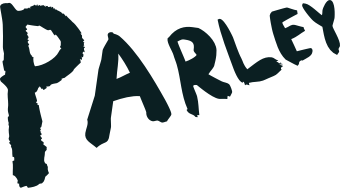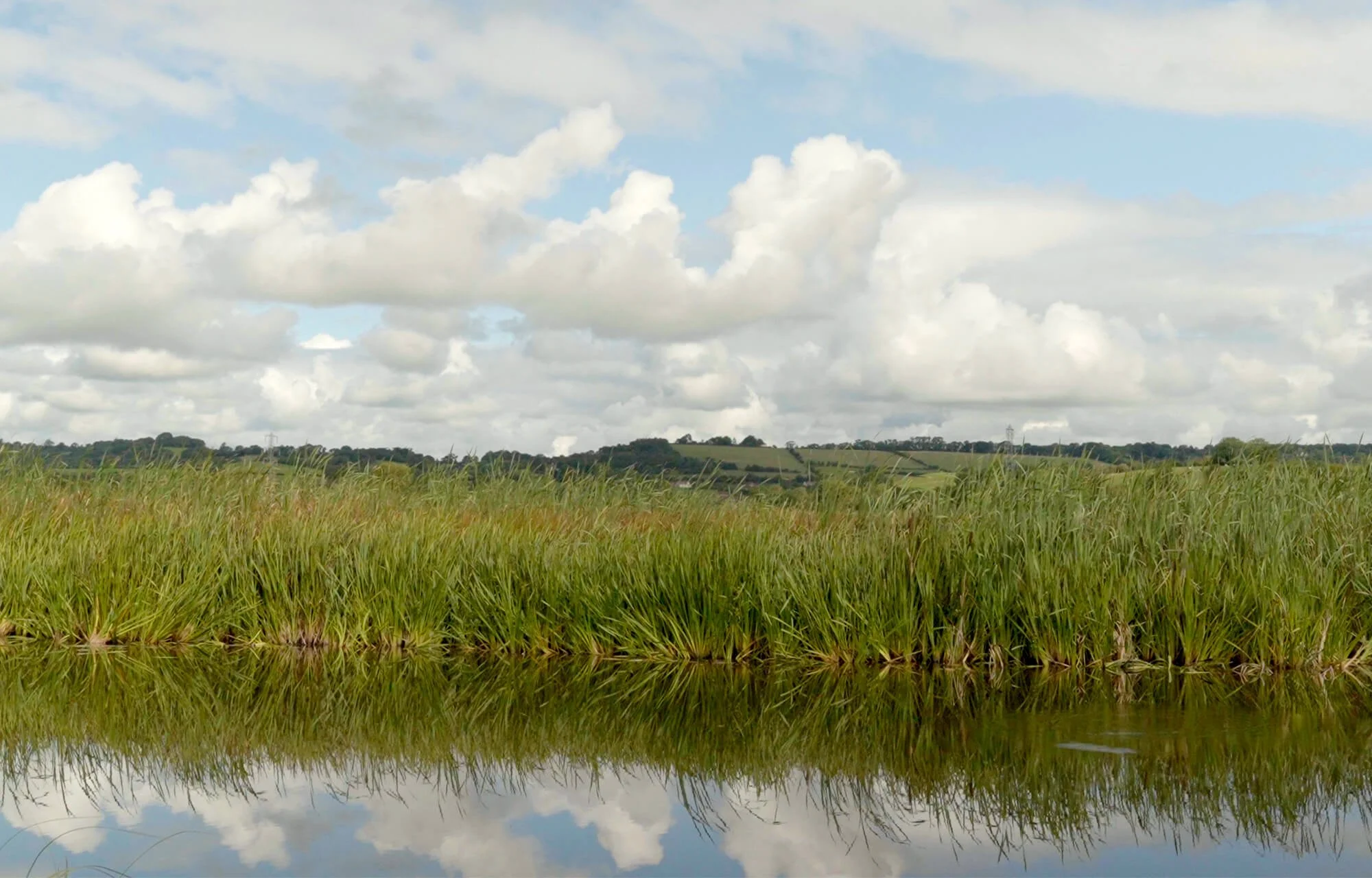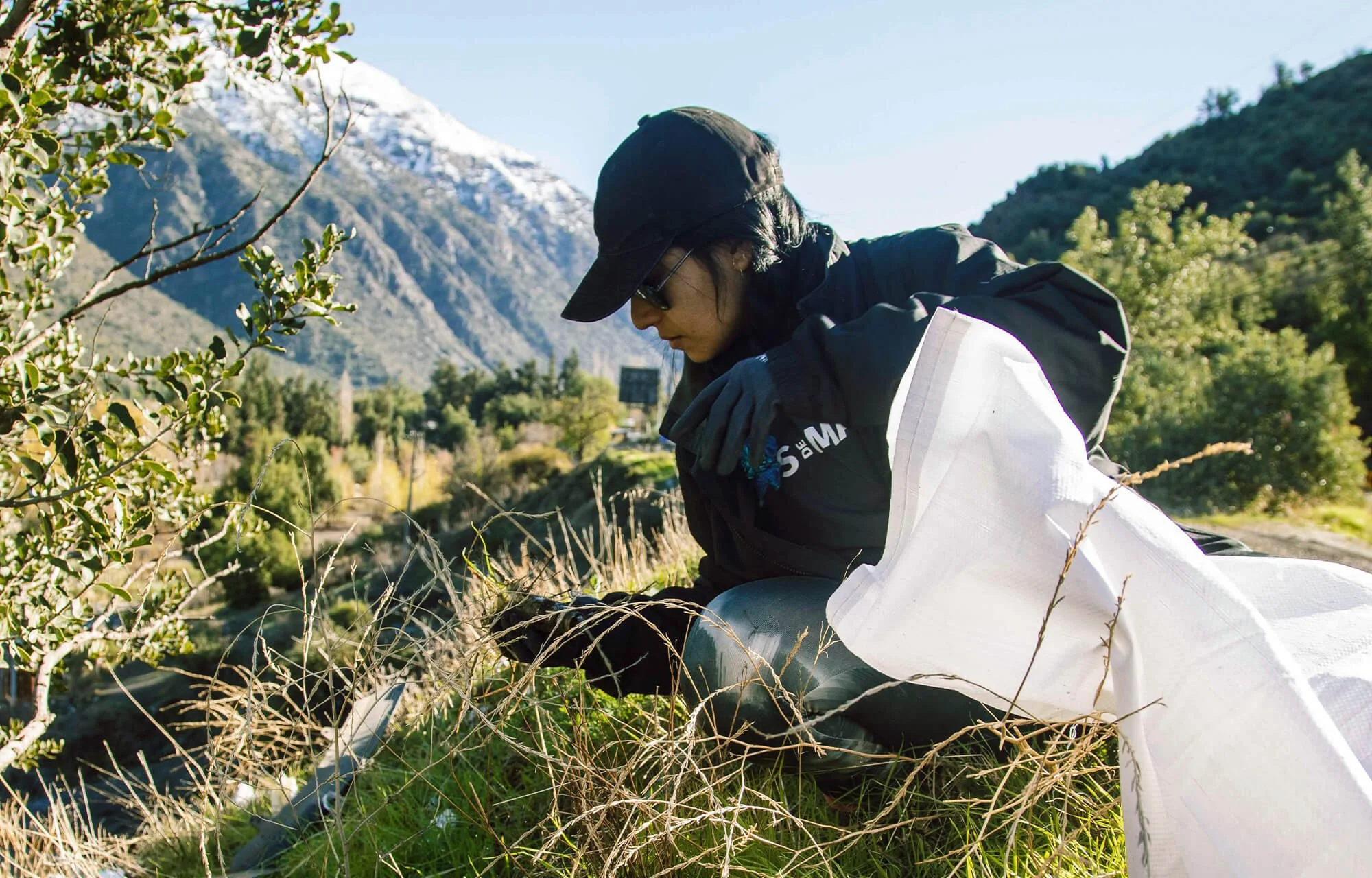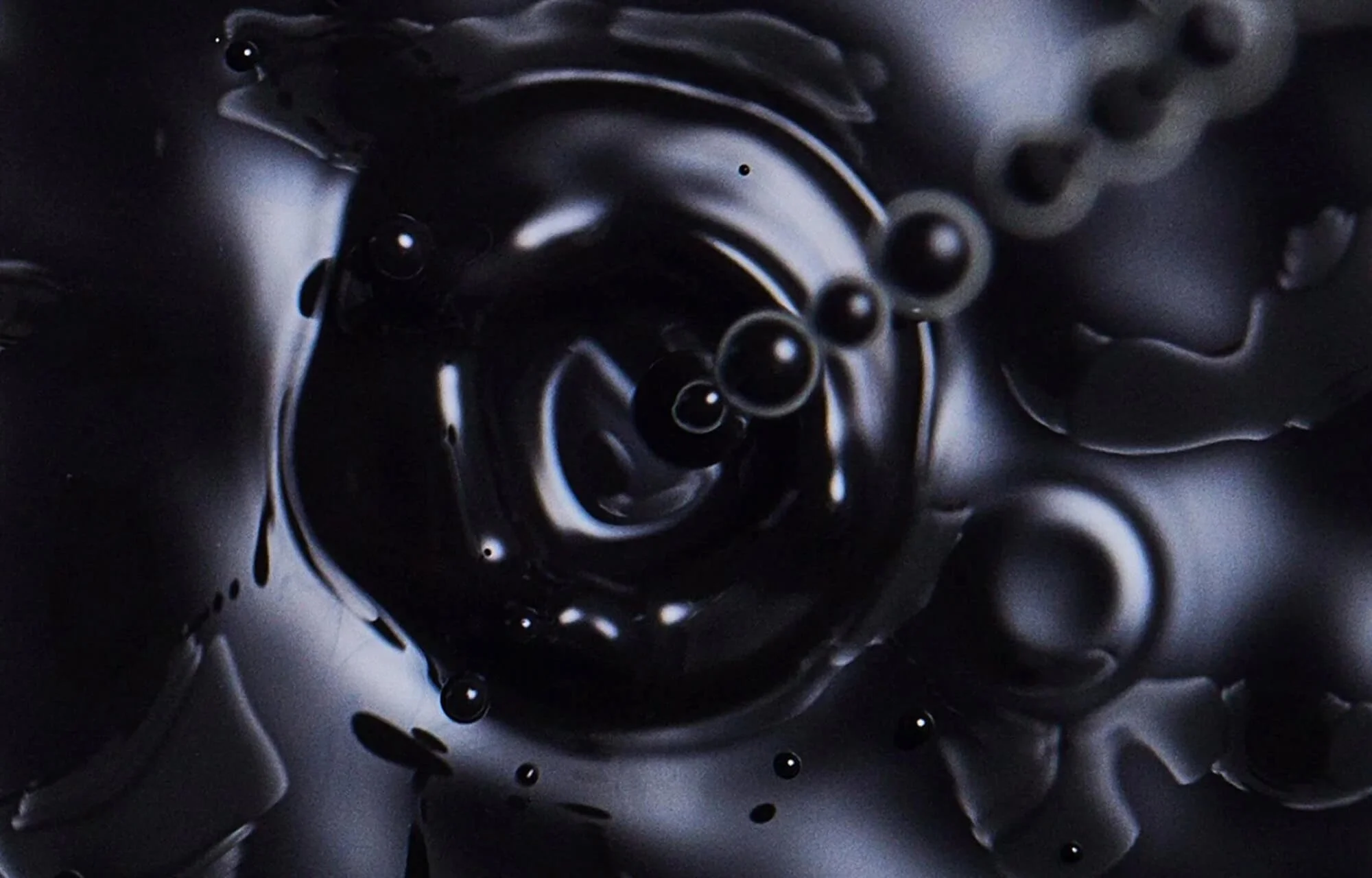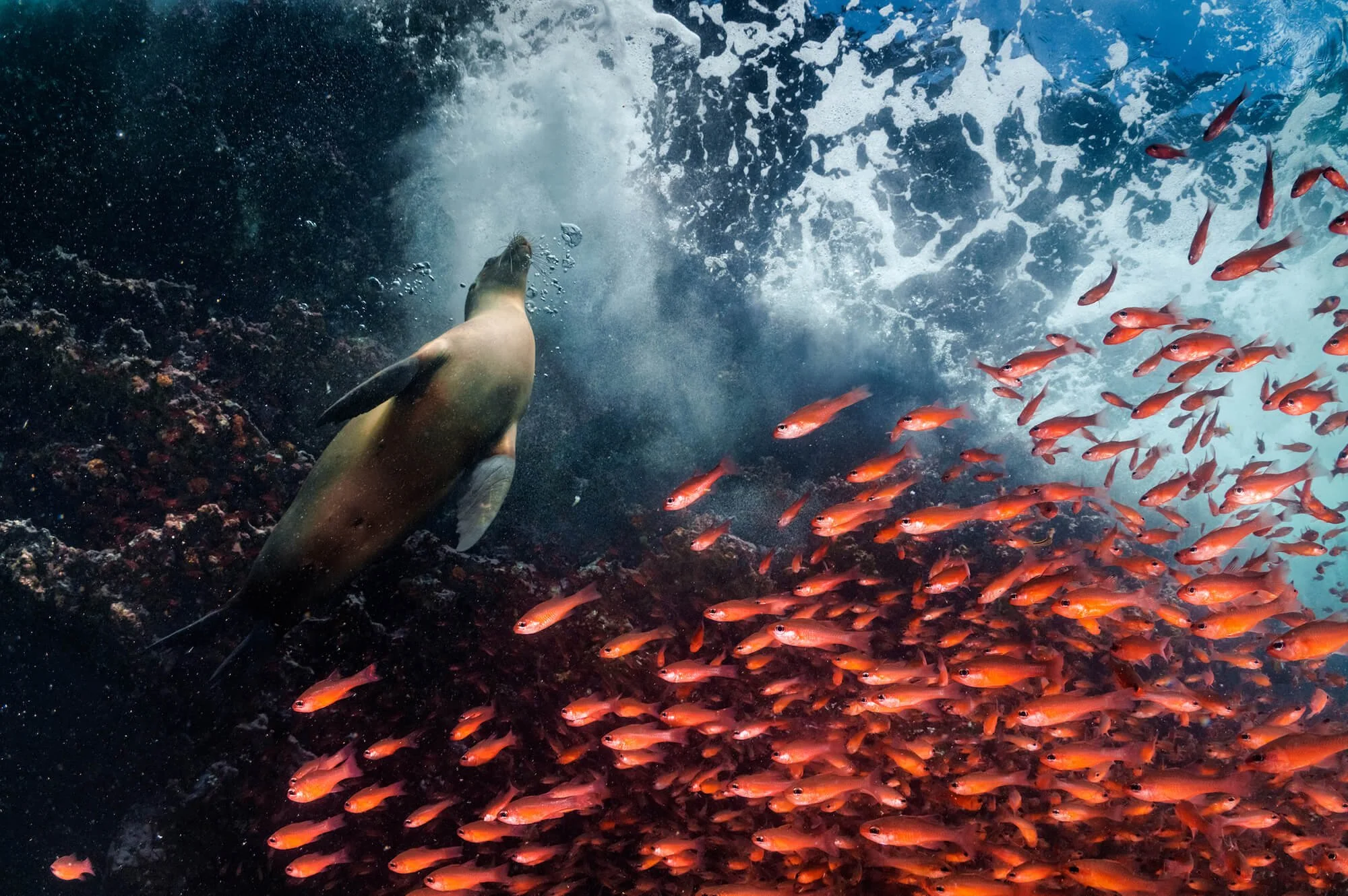Matt Draper on the wildest moments of his photography career and the impact of social media on creativity
Draper’s journey to creating stunning, unique wildlife imagery is unorthodox – from firefighting and working down mines, to riding a tiger shark while it’s eating a cow. Here we learn his life story and gain a deep insight into his life’s work.
When I connect with Matt Draper over Zoom, the world is in flux, a tension and strange atmosphere invading every conversation. It’s the day before the US election and so naturally we start discussing the potential outcome – Trump or Harris? Draper’s prediction was accurate, unlike mine. “I think if you put a gun to my head, I would say that Trump's going to win,” he says. “Just being around the States, living here and living in what I would call the state of Hawaii, I get a sense. The polls would say it’s a democratic state, but when I walk around and talk to people, they don't really see a threat with their political views. I think people can open up a bit more freely to me because I'm a New Zealander.”
Over the duration of our 90 minute call, I quickly learn that Draper has a fascinating, anarchic mind, obsessed with authenticity, and completely fixated on his stunning work. He takes a fine art approach to his photography, which is breathtaking in its approach and also its finish. Draper tells me that he is chasing images that have been in his head for a long time, sometimes years. For the past decade he’s spent months of each year in Tonga, capturing female humpbacks nursing their calves to the stage that they have enough strength to migrate to Antarctica, an obsessive mission that he has found both challenging and rewarding. It’s one that has, recently, caused him to reflect on the ways in which human beings interact with the environment.
For such an unorthodox thinker, it’s no surprise that Draper’s journey wasn’t conventional either. He left home while he was still a teenager, then spent a lot of his life mastering Taekwondo, working in construction on mine sites. It wasn’t until he started photographing surfers on the Byron Bay waves that he realised he could pursue photography. Now, his work (mostly black and white on account of his colorblindness) sells for thousands of dollars and Dr. Sylvia Earle, who is a close friend of his, has his work on her walls. Draper describes himself as an abstract artist and after talking to him for just a short period of time you realize that that’s exactly what he is. A “wildlife guy”, sure, but he is constantly pursuing perfection to the point of insanity, whether that’s in the photos themselves, the printing process, or the underwater housing that he spent years developing with Leica.
We caught up with him to talk about his life, his creative process, the impact of eco-tourism on animals, and about the time he rode a tiger shark while it was eating a cow. I’m not joking.
“I went to Tonga, swam with the humpbacks, and captured a really definitive photo. That moment became the catalyst for me to explore what fine art truly is.”
Matt Draper
Q & A
How was your recent trip to Tonga?
I've been returning every year for the past ten years, and it is the place where I have spent the most consecutive time over the last decade. Each season, I am there for close to a hundred days. To be honest, it was quite challenging. Unfortunately, there is growing pressure on the whales, largely because of a lack of enforcement of regulations and a significant increase in tourists who have discovered Tonga as an eco-tourism destination. Many are fixated on social media. It felt strange and, to be honest, difficult to process. I have not quite found the right words to describe it, but it was disheartening to witness
What kind of impact is that sort of tourism having on the whales?
I believe it’s altering their behavior. The great humpback whale migration is crucial for new mothers, it’s when they give birth to their calves and spend the necessary time nursing them to a healthy size, so they’re ready to migrate back to Antarctica. It’s an incredibly precious time, and over the past decade, we’ve been fortunate to witness it as quiet observers. Unfortunately, there are people diving down on mothers and calves while they are resting or jumping in front of heat runs, essentially herding whales. It is disheartening to say, but Tonga can be a very corrupt place, and this behaviour often goes unchecked or ignored. In previous years, we were notified how many people held whale licences, but this year it was left to the discretion of the minister, so no one really knew how many licences had been issued. We counted around 49 boats in operation. When I first visited in 2014, there were maybe 14, possibly 16 boats operating with whale licences.
And that's all whale watching or diving? What are they doing?
Swimming with whales. Many of the Tongan workers are first-year skippers. Imagine someone being tasked with taking eight people out on the ocean to swim with a 40-tonne wild animal, all while navigating their first-ever season operating a vessel. The same applies to the guides. For some, it is their first time swimming with whales, yet they are leading tours with individuals who cannot speak Tongan or English and are singularly focused on getting a photo of themselves next to a whale. Many of these tourists even bring their own professional photographers to capture the perfect selfie. Tonga has been the one place where I have found consistency in my life. I have lived there every year for three months. My life has been largely nomadic, following big animals, pursuing the fine art world, and moving between vastly different worlds. Navigating that can be overwhelming. Tonga has been my one constant, which makes it deeply saddening to see it change so drastically and to watch so much being taken from the Tongans, often without their awareness.
Tonga's main source of income is foreign aid, and New Zealand and Australia struggle to match the financial support provided by China. China repaves roads, supplies aircraft, and offers substantial aid. However, when these assets require maintenance, it creates something of a trap. Tonga might receive planes, for instance, but lacks the resources to service or maintain them. This often leads to the handing over of fishing rights, land, whale licences, or a combination of these assets in exchange. When it comes to ecotourism, I cannot help but wonder, is it necessary? Will we see a shift where people start questioning whether this should continue? It is no longer about the intrepid explorer or backpacker seeking a meaningful experience or a shift in perspective. It has become a fleeting bucket-list activity. I have never witnessed anything quite like it. People dive into the water just to capture a photo of themselves, fully aware they are driving the whales away.
For 14 consecutive days, we struggled to find a settled mother and calf. I am on the water every morning, and for the last decade, I have been chasing the sunrise, pursuing something with an obsessive dedication few would attempt. I am on the water by 4:30 am, searching for a mother and calf in the pitch black, hoping to find them at rest, to enter the water, and to share a moment of interaction. In all this time, I have only ever achieved the shot once—a humpback whale calf surfacing for air the moment the sun rises. It is my absolute masterpiece, the result of 500 hours over 50 days during a single season, waiting for the perfect alignment of conditions. What I have observed now is that when whales hear my boat approaching from a distance, they seem to move away, perhaps recognising or remembering the relentless harassment of previous days. While this overall unrest could stem from seismic activity, lunar changes, or other environmental factors, my experience leads me to believe it is the increasing pressure from the sheer number of operating boats. It is not unreasonable to think that the Tongan group of humpback whales will eventually seek new, more peaceful locations for their migration.
Leica M6 Sub13
“In my case, it is obsessive insanity at the highest level.”
Matt Draper
It’s fascinating to hear about your dedication to getting that perfect shot. I love hearing about people's creative dedication, verging on insanity.
In my case, it is obsessive insanity at the highest level. I use a manual focus rangefinder, which many would consider impossible for this purpose. It shoots only three frames per second, and you have to rely on the rangefinder to achieve focus. It is incredibly slow, and no one had ever built an underwater housing for it. So, I spent the last seven years engineering and building my own.
That’s the SUB13 collective, right?
Yeah, that’s correct. I’ve been working on SUB13 for a long time, though it was only publicly launched 18 months ago. Throughout my career, I’ve often felt pigeonholed into the conservation and free diving worlds. I see myself more as an abstract artist. My work is an expression of myself, and I have never created a series directly aimed at an audience. It has always been about what I am personally drawn to, what I would purchase as a collector, fine art inspired by the ocean.
That’s where the obsession with taking the Leica underwater came from. Leica is one of the oldest camera companies in the world, with a remarkable legacy. In some ways, it’s not too dissimilar to Rolex. Some might argue that a Rolex only tells the time, just like an iPhone, but when you hold one, it’s hard to deny that it’s an exceptional piece of engineering. I think the same applies to Leica. It has allowed me to show people not just the final work but also how it’s created, the tools it’s created with, and the time and effort that went into engineering the housing, let alone pursuing the animals.
My camera is like a carpenter’s hammer. If I am going to use it every day, I want to enjoy the process. Dr. Sylvia Earle helped me build the first five years of prototypes through her submersible company, DOER Marine. Those initial housings were built by her team. When I became even more intense and obsessed with refining the process, they explained that their time was better focused on building actual submarines rather than indulging a crazy guy’s dream. Eventually, I had to build a new team to take the project to the next level, and now it has.
How did your journey into the ocean and also photography begin? Where did this all start?
I’ll try to summarise it for you. I worked in construction for most of my life. I left home at a young age, around 15. Growing up, I was heavily involved in martial arts, which continued into my early adult years. After that, I became a firefighter, then pursued a carpentry apprenticeship, and eventually worked in the mines. My life was built around routine and discipline.
But I’ve always been creative, always an artist at heart, though I never really had a way to express myself. I always enjoyed photography. In my later years working in the mines, around 2009, I started travelling extensively and bought a few different cameras. I actually had a Leica at the time and was really into street photography and photojournalism, focusing on gritty, raw subjects. I documented cockfighting events in Indonesia and portraits of people, loving the feeling of being a fly on the wall and capturing the extremes of travelling in third-world countries.
By 2014, I’d had enough of the mines, so I quit, knowing I had to figure out a way to replace that income. I bought a camera and an underwater housing while living in Byron Bay, Australia. I thought, what does every surfer want? A photo of themselves. I would sit in the surf all day with a little rubber bracelet around my wrist that had a skull logo on the outside—it actually looked quite cool. On the inside was my email address: drapershopme@gmail.com. I’d take photos of surfers, then hand them a bracelet, and they’d email me later to buy a photo for $25 to $50 each.
It was a great introduction to underwater photography. The surf is a fast-moving environment, so I had to hone my technique quickly. After a while, someone mentioned a little reef nearby with turtles. I swam out there, and when I saw a turtle surface, I knew I had to come back. The next day, I went out with a mask and snorkel and ended up spending weeks with these turtles, taking photos. I put a few on Facebook, and someone asked if I could print one. It all happened very organically. I started selling prints through Facebook and became obsessed with the printing process.
From there, I began exploring Julian Rocks and eventually went to Tonga. I was invited by some local conservationists who had reached out to me via social media to photograph a whale entangled off the Gold Coast. That experience turned out to be quite dramatic—I ended up getting detained by the police, and even a helicopter got involved! It was a whirlwind, but it marked the start of my journey into the world I am in today.
Why were you arrested for that?
It’s illegal to be within 20 metres of shark nets on the Gold Coast, even if an animal is in need. I ended up being chased by three police cars—it was wild, quite a scene. This was about ten years ago. After that, I went to Tonga, swam with the humpbacks, and captured a really definitive photo. That moment became the catalyst for me to explore what fine art truly is and to delve into various printing techniques.
Since then, my focus has been on chasing preconceived creations in my mind with wild animals, working to make those visions a reality. It has evolved into doing large-scale exhibitions and shows, where the creativity and determination to bring these imaginings to life have become my driving force.
“Social media pushes creatives into a box, chasing likes and comments instead of exploring their own vision.”
Matt Draper
You have a very particular style now. It's mysterious, ethereal and quite grand, often shot in black and white. What is it that you like about your own style and how did it develop?
When photographers first arrive in Tonga, they often struggle with the overwhelming blue of the water. It looks artificial, purple, and it’s challenging to balance that colour in post-production in a way that feels authentic—both to the experience and to the viewer. For me, it’s even more complex because I’m colourblind. Subtle differences in shades are difficult for me to distinguish, which is one of the reasons I’ve always been drawn to black and white. Black and white removes distractions. It pulls you into the scene, allowing the viewer to focus on the subject and the emotion without interference. In my case, it also lets me achieve that suspended, ethereal look. I never paint in my black backgrounds; it’s a minimalistic technique I use in Photoshop, combined with how I play with light underwater. Achieving the final image takes time and precision, but the process itself is simple. It’s my obsession with contrast that drives it, and that’s how this style developed.
I think a lot of photographers are stuck in repetition, capturing what they think others want to see or mimicking what’s already been done. The result is often generic, screensaver-style images. I’m highly competitive with myself, and while that drives me to push boundaries, it also makes me judgemental. I often look at other work and think, Come on, that’s not your style—you’re just recreating what’s already out there.
I deeply respect people who are unapologetically true to their style. It’s rare because social media pushes creatives into a box, chasing likes and comments instead of exploring their own vision. It’s frustrating to meet the most talented free divers or photographers, people with incredible technical ability, and then see their work fall into the same predictable shit. I wish more of them had the confidence to create something truly their own.
It’s hard to say all of this without sounding arrogant, especially since photography has become so accessible. Sometimes I finish a gallery show and question why people are there to see my work when they can scroll through social media and see endless images. But I think there’s still a need for artists who are committed to their own process, who value discipline and determination, and who create with intention. That’s something I take pride in—staying true to my process and creating work that reflects what I love. Being a true expressionist is selfish in a way. It’s about expressing your own perspective, not catering to others. That’s why SUB13 has been such a rewarding shift for me. It’s the first time I’ve created something for other people. It’s still a standalone piece of art, rooted in my design ethos and something I use myself, but seeing others take it and create their own work with it has been incredibly fulfilling.
I'd love to know more about your technique when you're shooting. You dive on a series of single breaths, so I'd like to know more about how you developed that skill. And when you head out, are you going to try to capture something specific?
With free diving, I’ve honed my technique through years of training with some of the best. But no matter how well you’ve been taught to free dive safely, all of that tends to go out the window the moment you grab a camera and find yourself face-to-face with a wild animal.
I’m now diving to depths of around 40 metres, which I consider deep. That said, the best photography happens much shallower, typically at the 10 to 20-foot mark, where the light is most dynamic. My work is always tied to a specific subject, usually a migrating animal I’ve been fascinated by. I try to plan my trips a year in advance, often with a series of creative concepts in mind—images I’ve been visualising for years. The challenge is bringing those ideas to life, patiently waiting for the right conditions, and working with light and animals. That’s where my obsession and drive come in.
Anyone who works with me will tell you I push them hard. It’s not about ego; it’s about the understanding of what it takes to achieve something truly exceptional. I only want to work with the best, and while many believe they are, the reality is different when they’re put into a truly challenging environment. Some fold under the pressure, while others dig their teeth in and rise to the occasion. That’s the level I expect and the environment I thrive in.
Does shooting in darkness in the ocean ever scare you?
My background in working around mines, operating heavy machinery, firefighting, taught me how to mitigate and identify risk. It’s all about awareness and calculated decisions. In many ways, it’s not much different from navigating a worksite with a hundred-tonne crane. You make eye contact with the operator, try to call them on the radio, and ensure you’re walking within a safe buffer zone where you can’t be struck.
When you take that mindset and apply it to working with wild animals, it becomes invaluable. It’s about respecting the environment, understanding your surroundings, and knowing how to minimize risk without losing focus on the task at hand.
“It was a moment in my life where I felt so wild, so connected. I was riding a six-metre tiger shark that had been eating a cow in front of me.”
Matt Draper
Has there been one defining moment that you've had while photographing out in the ocean that sums up you, your work and your process?
This is the battle of the Gemini in me—one side thrives on the pure adrenaline of interacting with these incredible animals, especially apex predators like great white sharks or orcas. There’s something life-changing about being in the presence of an animal that powerful, right in front of you. But then it morphs into the creative process, where I take that moment and turn it into something tangible. Editing the image, printing it, framing it, and then navigating this strange transition from a hundred days in Tonga to walking around a gallery in a suit, talking to collectors worth more than I care to think about. It’s such a contrast. I’m a bit of all of those people, unfortunately.
Now, my favourite interaction. Years ago, as a kid, I was watching this TV show with Matt Watson, this legendary New Zealand fisherman. He was catching tiger sharks off a beach on Norfolk Island, this tiny place in the South Pacific between New Zealand and Australia. These sharks were enormous, absolute monsters. He was saying along the lines of, “There’s a place in the Pacific where people chuck cows off cliffs, and these tiger sharks possibly don’t migrate.” It stuck with me for years. I couldn’t stop thinking about it.
Fast forward to 2016, when I had a guy come out to swim with humpbacks in the earlier stages of my career. He was from Norfolk Island. The first thing I asked him was, “Do you have those massive tiger sharks there?” He said, “Yeah, we live on an island with around 1,800 people and over 2,000 cows that roam freely. When the cows are butchered, the remains are thrown off a cliff—along with all the other rubbish, including microwaves and fridges. The tiger sharks just sit in the bay and eat it all.” I was fascinated, of course, and asked if anyone had ever swum with them. He said no, no one had. That was all I needed to hear. I started designing this crazy expedition in my head. At the time, I was close with a shark scientist, and we teamed up to pitch this to Australian tourism, claiming we’d showcase Norfolk Island. Really, we were going there to find these sharks.
The place is so raw. The island is surrounded by steep cliffs, so you have to use a crane to get boats into the water. When we finally set out, we were chumming the water for hours, and nothing happened. One of the crew’s kids started vomiting, and his mum wanted to head back. We were gutted, but we turned back to drop them off. As we were about to call it a day, the old fella running the boat said, “I’m still curious to see if we get a shark.” We went back out, and that’s when we saw it. Around the corner, there were 20 fully grown, floating cow carcasses in the water—and at least 30 tiger sharks tearing into them. It was absolutely insane. These were some of the biggest tiger sharks ever photographed, and later tagged by scientists who went out after us. I wanted to jump in right then, but my mate refused. The water was rancid green, full of trash and rotting cows. He wanted to wait until the next day, but I said, “No way. There’s no chance people are chucking 20 cows off a cliff every day. This is a one-off event.” It was one of the wildest experiences of my life, and it’s stuck with me ever since.
Why are they pushing cows off a cliff?
Apparently, there was a farmer who had some problematic cows—possibly diseased, from what I heard—and unfortunately, he had to cull a large portion of his stock. These tiger sharks were hanging around because everything was being dumped off the cliff. We just happened to time it perfectly. Instead of a few scraps, we arrived during this massive event. It was pure luck.
So those cows are dead and then pushed in?
Yeah, the cows were dead. They were probably shot, and since there’s nowhere to bury them on the island, they just get pushed into the ocean. After spending a year putting this trip together and manifesting it, the timing was surreal. Right after we came back around—after the kid had thrown up—this massive scene unfolded. I tried to explain to the crew that this wasn’t going to happen again tomorrow. We had to act now.
I suggested we tie one of the cows to the boat and drag it out to the blue water, hoping the sharks would follow. The skipper agreed, so I hung off the side of the boat, grabbed the hoof of this cow, tied a bowline around it, and we towed it about a mile offshore.
We waited for about an hour, and then half a dozen massive tiger sharks showed up. I jumped in with them to photograph and film. Tiger sharks are insane. They’re scavengers, often solitary, and can be surprisingly shy. These sharks will eat until they’re so full they vomit, then eat again. They migrate such long distances that by the time they travel from Norfolk Island to Australia, they can lose a significant amount of body mass. When presented with an opportunity like this, they are incredibly opportunistic.
Interacting with sharks requires careful consideration. They’re like dogs—they see you as just another shark. Those at the surface are alpha, while the smaller ones scrap below. In this particular scenario, a massive, honestly, close to six-metre female kept coming closer to me. Now, looking back, I know this was completely the wrong thing to do—we know better now—but at the time, it felt right.
As she swung toward me, I gently pushed my hand over her head, grabbed her dorsal fin, and she flipped me around 180 degrees. I held on as she took me down to a depth of about 25 metres. It was a moment in my life where I felt so wild, so connected. I was riding a six-metre tiger shark that had been eating a cow in front of me. At that moment, I kind of just wanted to die, I wanted it to be my last moment. I just thought ‘this is as fucking radical as it gets’ it's crazy looking back on that moment knowing how intense it all was, the build up, the location, the timing.
That is a genuinely insane story. This whole interview has been fascinating. What do you have planned for the future?
The last thing I’ll share is that, now that I’ve had a bit of financial success, my partner and I have purchased 50 acres of coastal land in New Zealand. It’s been an incredible feeling—something I can truly take control of. Over the past 18 months, we’ve planted close to 15,000 native trees. The land is home to the highest population of kiwi birds, and we’ve implemented daily trapping to protect the ecosystem.
It feels deeply fulfilling to invest in something that doesn’t rely on an audience or anyone else’s approval. This land is only going to get better and better over time. My ultimate goal is to be so obsessive in its restoration and care that it becomes a multi-generational, national park-like property that can never be disturbed by others.
